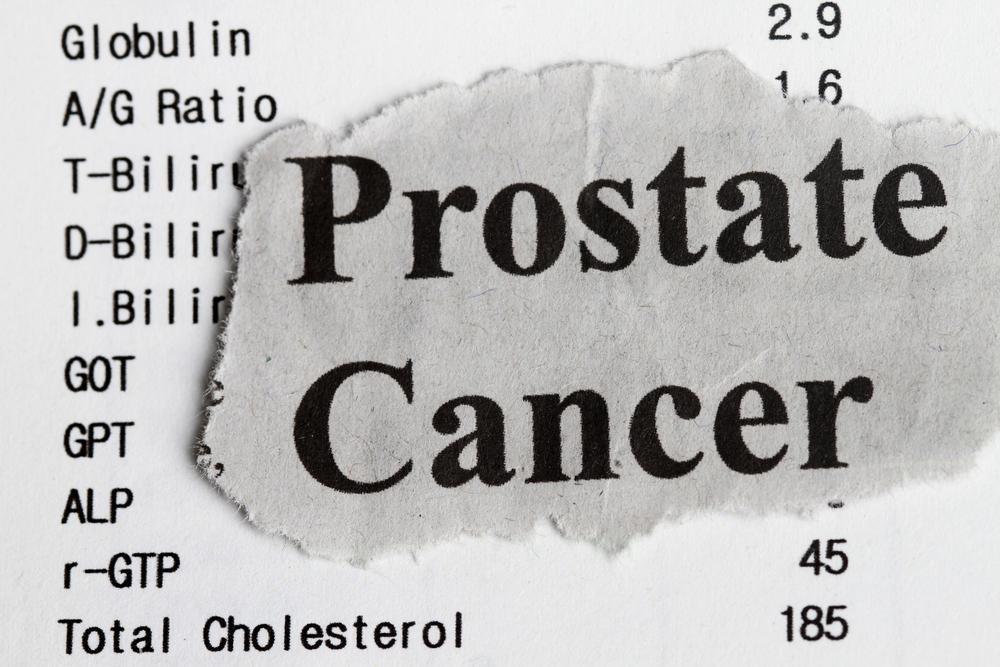
Major Causes and Treatments for Prostate Cancer
Prostate cancer is the most common men’s cancer in the U.S, with approximately 161,360 cases reported yearly. Prostate cancer takes a toll on the prostate gland, which is responsible for the control of urine in men as well as producing a portion of the fluid present in semen. The prostate gland is situated in front of the rectum, underneath the bladder. Although prostate cancer presents a significant health challenge among men, the good news is that it can be treated if detected in its early stages.
Prostate cancer manifests in the epithelial cells, a process referred to as adenocarcinoma. During this process, tiny changes are witnessed in the size and shape of the cells of the prostate gland. These small changes are known as prostatic intraepithelial neoplasia (PIN). The changes occur gradually, and often do not show symptoms until the condition has escalated. Approximately 50% of men aged 50 years-old and above have PIN. Medics advise that high-grade PIN is pre-cancerous and should be dealt with immediately it presents itself. Unknown to most people, prostate cancer is treatable if an early diagnosis is made. However, when it goes past metastasis, it can rarely be treated since it is at that stage that it spreads to the bones. Although the exact cause of this type of cancer still baffles medics, several prostate cancer risk factors exist. They are:
1. Age
The risk of developing prostate cancer increases among men who have surpassed the age of 50 years.
2. Genetics
The risk of developing prostate cancer increases among black men as opposed to white men who are not of Hispanic origin. Additionally, the cancer is also synonymous among individuals whose relatives had developed the condition previously.
3. Geography
Residents of Australia, North America, Europe, and the Caribbean islands are more susceptible to having prostate cancer.
Prostate cancer treatment varies by the stage of cancer, depending on whether it is in its early or late stages. Early stage treatment may include:
- Watchful waiting and monitoring of PSA blood levels.
- Radical prostatectomy involves surgical removal of the prostate gland.
- Conformal radiation therapy involves the exposure of the affected tissue to radiation.
- Brachytherapy implantation of radioactive seeds into the prostate to radiate the prostate.
- Intensity-modulated radiation therapy use of beams with radiation therapy.
Advanced prostate cancer treatment may include:
- Androgen deprivation therapy (ADT) a hormone treatment that reduces the effect of the male hormone androgen. It has the ability to stop or even slow down the growth of cancer by lowering androgen levels.
- Chemotherapy kills cancer cells around the body.


